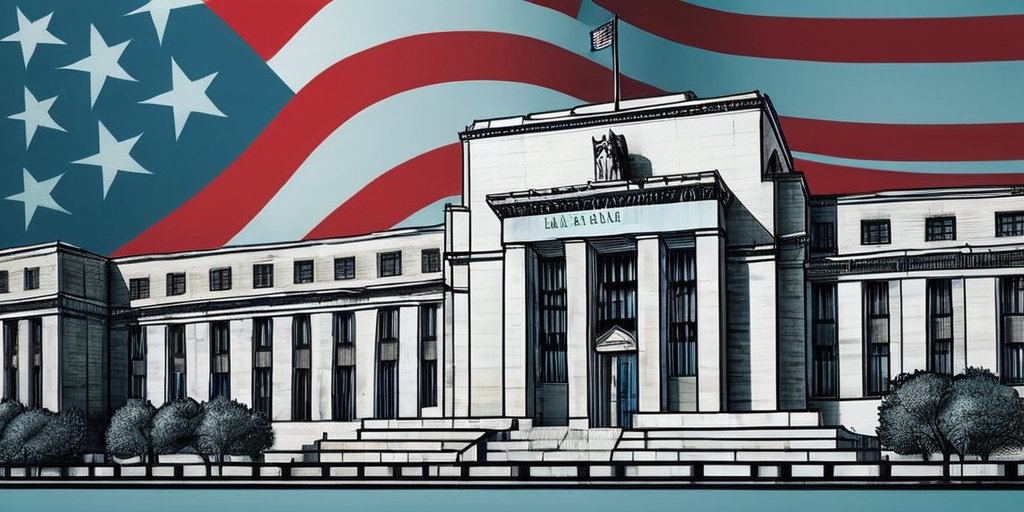In a pivotal decision on Wednesday, the Federal Reserve opted to keep interest rates unchanged, directly reflecting the influence of President Donald Trump’s aggressive economic agenda on its monetary policy considerations. As central bankers concluded their two-day policy meeting, this decision underscores a careful wait-and-see approach regarding the future economic landscape and inflation trajectory.
The Federal Reserve’s key borrowing rate remains within the 4.25% to 4.5% range. Officials have expressed that they still anticipate trimming interest rates twice within this year, based on evolving economic indicators. However, with eight officials now foreseeing potentially only one or no cuts this year—up from four last December—the Fed’s latest move indicates a cautious stance amidst fluctuating economic predictions.
Fed Chair Jerome Powell emphasized the high levels of uncertainty impacting American consumers and businesses, attributing a significant portion of this turbulence to what he termed the “turmoil” associated with the Trump administration’s policies. The chair noted that the Fed is navigating a complex landscape influenced by major policy shifts, including tariffs, immigration control, and workforce reductions.
As Powell described, the Fed finds itself monitoring the potential ramifications of Trump’s policies, which stand to impact everything from inflation rates to labor market dynamics. Notably, Trump’s tariffs have raised inflation forecasts, while aggressive immigration policies may lead to labor shortages, affecting various sectors. Yet, positive elements persist; deregulation and the continuation of tax cuts from 2017 are projected to stimulate growth.
Amidst the uncertainty, one aspect appears to remain solid: the U.S. labor market. February statistics reported a stable unemployment rate of 4.1% and an increase of 151,000 jobs, showcasing resilience in the workforce. Powell pointed out this strength as a crucial cushion against potential economic shifts, emphasizing that any unexpected weakness might prompt the Fed to reconsider its path of interest rate cuts sooner rather than later.
Furthermore, Powell addressed rising pessimism among American consumers regarding the economy. He noted that sentiment surveys have shown deteriorating economic feelings, which can cause adjustments in spending behavior— a crucial driver of economic performance.
While Powell acknowledged the potential for increased inflation tied to Trump’s trade policies, he remarked on the importance of observing actual economic data moving forward, ensuring that the Fed’s decisions remain grounded in tangible indicators rather than volatile forecasts. For now, the central bank remains poised to adapt its policy based on the unfolding effects of Trump’s economic strategies.
